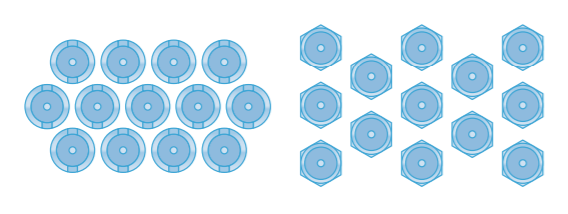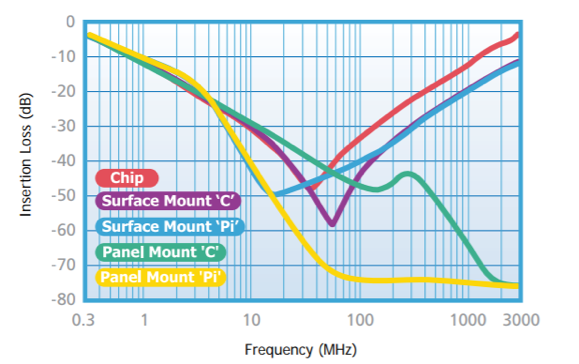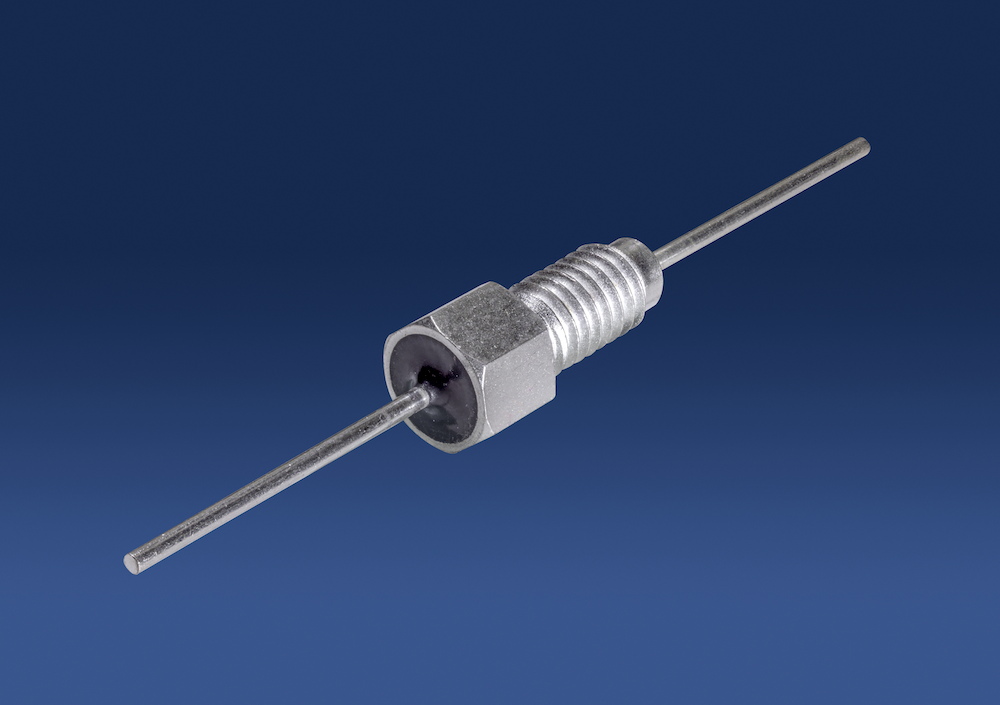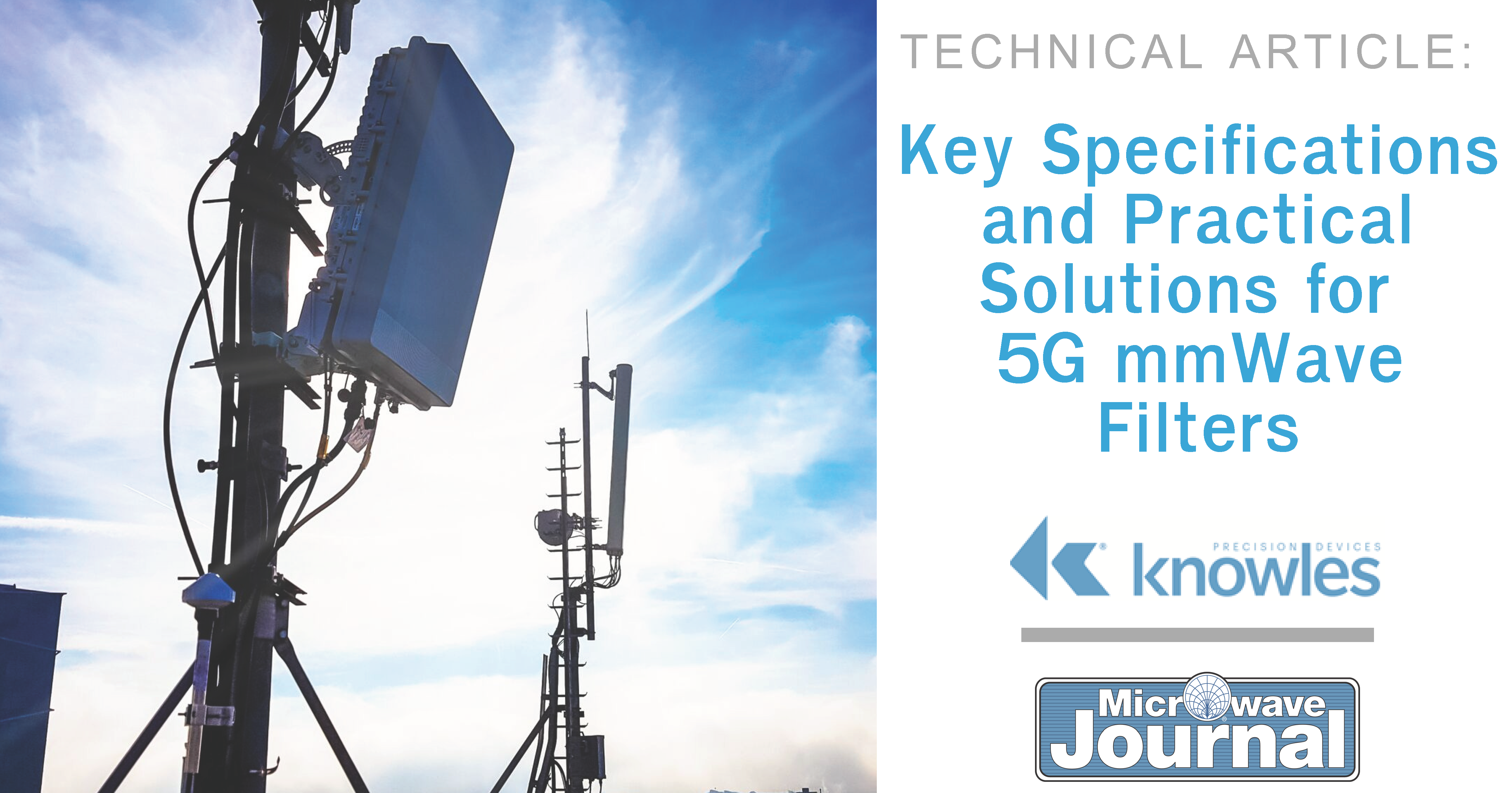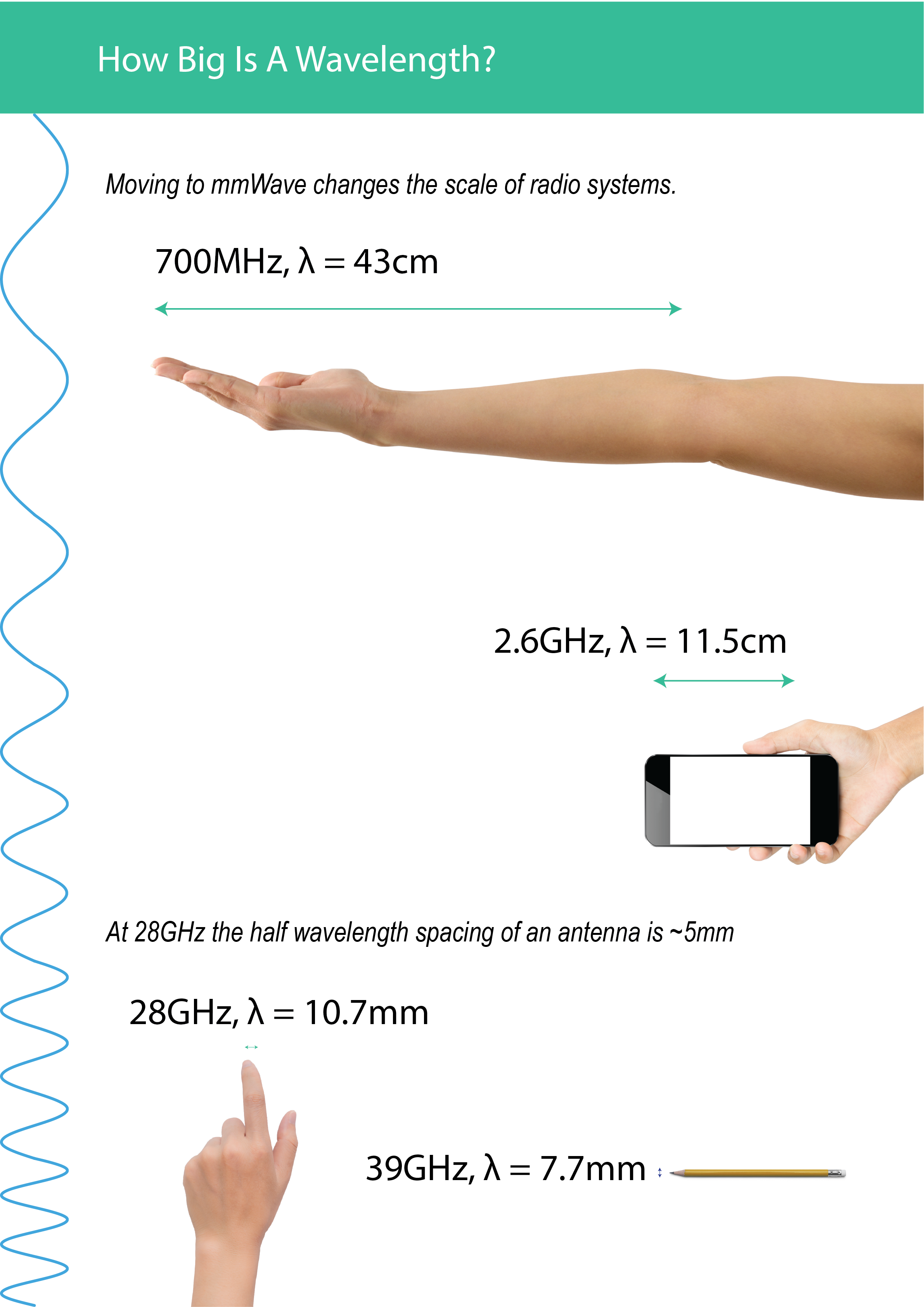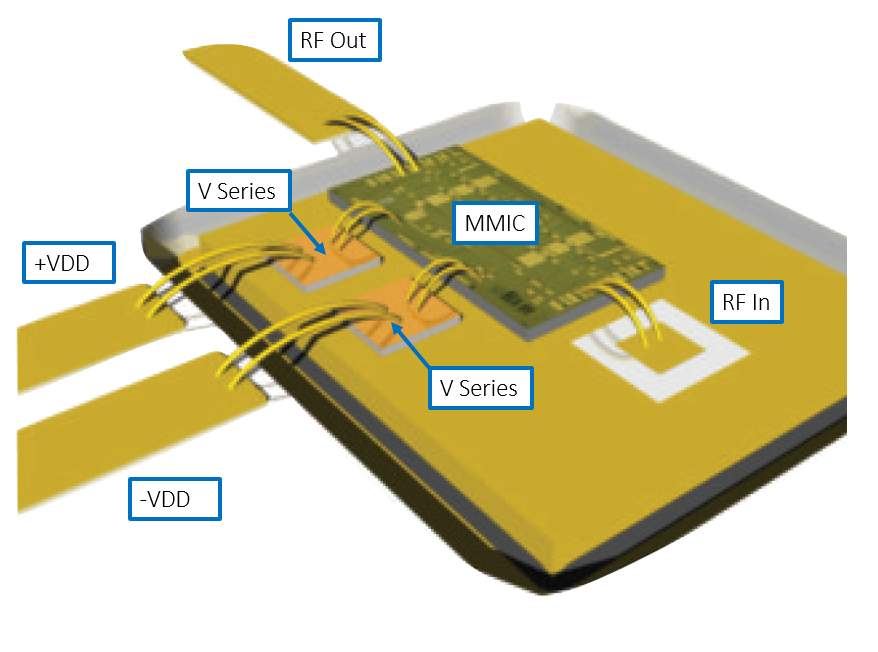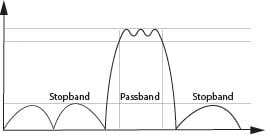EMI filtering plays an important role in reducing noise that could interfere with other devices; in medical or defense applications, for example, false alarms due to external interference could be detrimental. Here, we will continue our EMI filtering exploration with application and installation considerations. For earlier reading, review EMI filtering basics and filter performance.
Application and Installation Considerations for EMI Filters
Topics: Capacitor, RF and Microwave
To comply with international legislation such as the EU Directive on EMC or the FCC, EMI filtering is an essential element of equipment design. Here, we will continue to explore EMI filtering through insertion loss and filtering performance.
The insertion loss performance shows signal attenuation at any given frequency. As a metric, the insertion loss performance is most useful as a guide in the filter selection process; the actual performance in service can vary depending on circuit characteristics.
Topics: Capacitor, RF and Microwave
In the race to implement mainstream 5G wireless communication, the world is waiting to see if this next-generation network will achieve a hundredfold increase in user data rates. This transformative technology not only boosts performance for the latest cell phones, but also for fixed wireless access (FWA) networks and Internet of Things (IoT) smart devices. In order to reach 10 Gbps peak data rates, the increase in channel capacity must come from somewhere. A key innovation at the heart of 5G is utilizing new frequencies greater than 20 GHz in the millimeter wave (mmWave) spectrum, which offers the most dramatic increase in available bandwidth.
Topics: 5G, RF and Microwave
With the ever-increasing use of electronic equipment comes a greater likelihood of interference from all the other equipment out there. In the same vein, we’re seeing more circuits, with lower power levels, that are easily disturbed; so, there’s a need to protect equipment from EMI (electromagnetic interference). In automotive or medical applications, for example, there can be no false alarms due to external interference. The level of uncertainty has pushed EMI compliance testing to the component level.
To meet international legislation such as the EU Directive on EMC or the FCC, EMI filtering is an essential element of equipment design. Introducing screening measures to case or cables, for example, may suffice in many instances, but you might need to introduce low-pass filtering for additional protection as well. Here, we will begin to explore EMI filtering and the terminology used in designing effective protection.
Topics: RF and Microwave
Millimeter Wave Filter Manufacturing: Tolerance and Size
One of the questions we get asked regularly is:
‘why not just integrate a filter in the board stack?’
Our answer to this comes in two parts: First there are manufacturing tolerances to consider, and second there is size.
Topics: 5G, RF and Microwave
Key Specifications and Practical Solutions for 5G mmWave Filters
With the promised delivery date of 5G wireless communication fast approaching, the world is waiting to see if this next-generation network will hit its ambitious goals of 10 Gbps peak data rates, less than 1 ms latency, 10 times greater energy efficiency, and more. In past decades, each generation of mobile systems – from 1G analog systems to 2G digital standards to 3G mobile broadband capabilities to 4G LTE and LTE-Advanced networks – has overcome a unique set of challenges. Leaps in technology are necessary to enable these advancements in performance.
Topics: 5G, RF and Microwave
From Ultrasound to Radars, in a phased array system some of the most important design considerations are the number of elements and the element spacing since both drive cost and performance. In traditional arrays an inter element spacing of less than half the wavelength (<λ/2) is required to mitigate grating lobes.
Topics: RF and Microwave
Broadband Bypass Capacitors For High Speed Optical and mmWave
Microwave and mmWave frequencies are found in RF applications and in optical communications. As we see increasing interest in mmWave for RF communications and move from 28Gbps to 56Gbps NRZ and 112Gbps PAM4 in the optical world, the system as a whole needs to maintain a high interconnect bandwidth.
Topics: RF and Microwave
Planar Filters
Manufactured using a thin-film process, Microstrip (planar) filters can offer a high quality factor (Q) and a reduced packaging envelope when compared to discrete lumped element designs, and are more practical at higher frequencies. The thin-film design can hold tighter design tolerances due to the distributed transmission lines forming resonant structures. Planar filters are a robust solution, attractive for applications ranging from established platforms, such as military warfare, to emerging technologies, like 5G. Below are some general-purpose resources for additional background, applications, and benefits of Microstrip filters:
Topics: 5G, RF and Microwave

